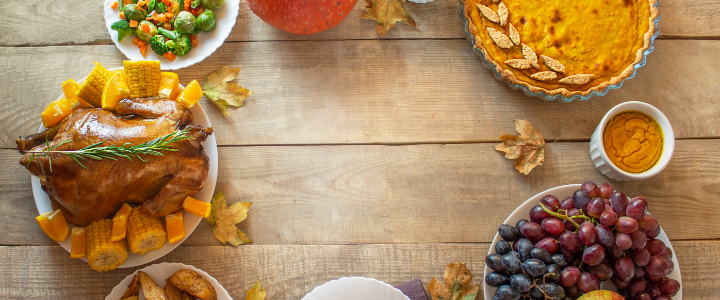With equity at the forefront of many district initiatives, so much work has been done to ensure lessons, books, and ways of interacting nurture an environment of belonging for all students. When holidays come around, it can be a challenge to know how to approach them in a way that is inclusive. After all, many of us grew up celebrating holidays in school with all of the fanfare and fun. As educators committed to equity, we now know the holidays often center on dominant identities (white, Christian) and leave out many others.
The traditional Thanksgiving celebrations of my childhood included classroom parties, dressing up, food, crafts, and songs. As a brand new teacher out of college, I remember replicating some of these same activities. Unfortunately, when examined through an equity lens, many of them actually initiate stereotypes for our youngest students and reinforce them for others. In addition, these inaccurate representations lump all Indigenous communities into one single image of “Native Americans at Thanksgiving.” In reality, the history of the time period is quite a contrast to the stories of our youth and the diversity of Native peoples is vast.
As educators, it’s our job to ensure we’re providing opportunities for students to see themselves reflected in what they’re reading and learning (mirrors) and opportunities for students to understand the lived experiences of others (windows). We can reframe our approach by asking ourselves,
“How are my Native/Indigenous students seeing themselves?”
“How are my non-Native students seeing the history and current lived experiences of Native and Indigenous peoples?”
If your answers are less than on target, then it’s time to make some changes! One of the first steps in creating an equitable environment is to evaluate your teaching practices for bias. Once you’ve found areas for improvement, take the initiative to course correct. Educate yourself on the history of Thanksgiving, the absent narratives of the Wampanoag people, and think about how you might modify your activities to offer better mirrors and windows for your students. Not sure where to start? Below are several resources for rethinking and reframing the Thanksgiving Narrative in your classroom:
- Harvest Ceremony: Beyond the Thanksgiving Myth — An historically accurate telling of the first refugees to arrive on the Mayflower from the National Museum of the American Indian (NMAI). This is a short piece of text ideal for upper elementary and middle school learners.
- Teaching & Learning about Native Americans — Answers to your most frequently asked questions about Native Americans from NMAI, including, “What is the correct terminology: American Indian, Indian, Native American, Indigenous, or Native?” and “How should I teach about Thanksgiving traditions from Native people today?”
- Thanksgiving Mourning — This great lesson from Learning For Justice engages upper grade students in the exploration of two texts to better understand what Thanksgiving means to authors who are Native.
- Beyond Stereotypes: Teaching about Native Peoples in Practice — Aimed at early childhood educators, this Smithsonian blog post, demonstrates a multi-day lesson focused on American Indian homes.
- Re-Thinking Thanksgiving: The Complete Story of an American Holiday — This series of readings by Perry Ground includes a set of graphic organizers to help your students engage in discussion and critically analyze the events that took place in 1621 and the modern creation of the holiday.
- Thanksgiving Interactive: You are the Historian — Students in middle elementary will enjoy learning this history through an interactive experience created by the Plimoth Patuxet Museum. The story explores Wampanoag life prior to European settlement and the 1621 harvest feast, today known as the “First Thanksgiving.”
When preparing lessons about the holiday, it’s important to rely on historically accurate resources to create “mirrors” and “windows” for students. Additionally, you can use the tips below to evaluate your classroom library for better inclusivity of Native voices all year long.
Tips for Selecting Texts About the Lived Experiences of Native Peoples:
- Choose books that are tribally specific, focusing on Native peoples who are/were residents of your specific state.
- Use present tense verbs to talk about Native Nations. This helps children understand that Native people are part of our present-day communities, not only in the past.
- Choose books by Native writers to ensure authentic voices and experiences.
- Teach Native stories all year round, rather than just November. This helps expand students’ understanding beyond the single narrative.
Find authentic voices from the American Indians in Children’s Literature (AICL), “Best Books List”, to add to your inclusive library.






